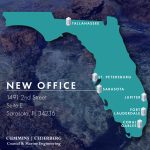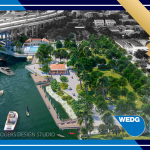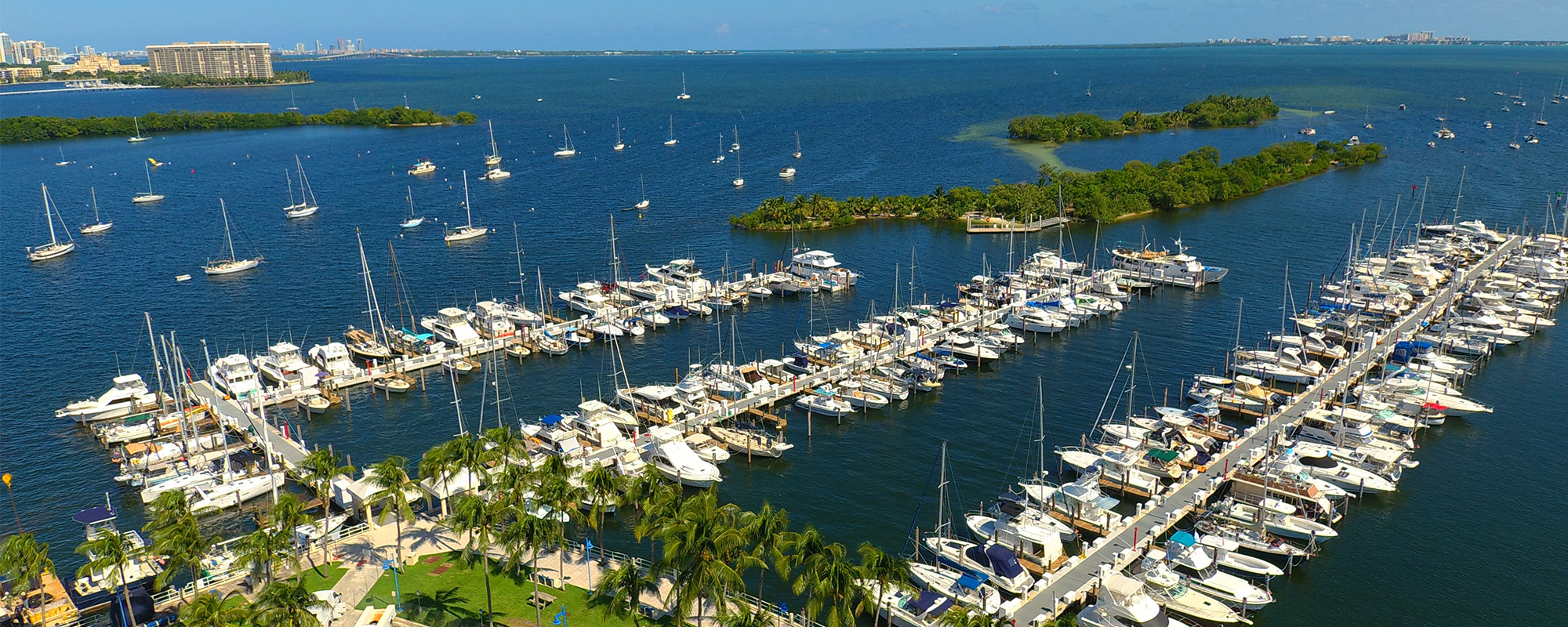On November 3, 2020, Jason Cummins, PE, Principal of consulting and engineering firm Cummins Cederberg, participated in the Historic Preservation, Sea Level Rise, and Inspirational Resiliency Visions for Miami Beach in 2070 advanced Architecture Design Studio course offered by Florida International University (FIU) Department of Architecture. Jason spoke to a group of 17 architecture students about his experiences as a coastal engineer focusing on resiliency strategies, sea level rise mitigation, and coastal infrastructure design as a critical component of the many unique waterfront projects Cummins Cederberg is leading.
Led by FIU Professor John Stuart, AIA, the course was founded in partnership with the City of Miami Beach to explore resiliency through architecture. The course imagines what the tropical-metropolis would look like in the year 2070, as the City plans and adapts to sea level rise. The course tasks students to develop a resilience vision campaign featuring models and renderings that showcase daily life in the City’s preserved historic district in 2070. Students studied the City’s resilience building guidelines utilizing sea level rise projections and data to plan ways the historic buildings can be preserved. Strategies included green, blue, gray infrastructure, and innovative uses of materials.
Jason’s expertise in coastal engineering and construction brought a new perspective to the course’s primary objectives surrounding resiliency tactics and preservation. “The engineer can answer questions about operations that are important and sometimes overlooked by architects,” stated a participating student. Jason’s unique background in sea level rise mitigation and infrastructure development sparked a conversation that began with practical knowledge and shifted towards the students’ own course projects.
Professor Stuart’s students were able to explore the relationship between engineering and architectural design thanks to Jason’s insights referencing industry trends and relevant experience. “The experience gave me a new understanding of how the actual engineered elements can be integrated in the design. Being informed about engineering makes better design,” said one of the participating students. Another student explained, “The conversation helped me to see how sensitive an engineer can be to design. His suggestions provided solutions in keeping with the architectural strategies.”
After sharing similar project examples dealing with coastal flooding and infrastructure, such as the Vizcaya Museum & Gardens Flood Wall and the current Adaptive Redesign at Jose Marti Park, Jason was able to dive in with the students and talk about their individual semester projects. Students asked for advice on resiliency planning strategies as it related to pump station equipment, access, overall design, and even what roads may look like in 2070.
“Current policy and design efforts are laying the groundwork for the future of resilient infrastructure in Miami Beach,” stated Jason, “and I’m impressed with the innovative approaches these students presented. Sea level rise and climate change are creating continually evolving conditions and it’s reassuring this generation of architects is not only interested but educated on resilient design strategies.”
Professor Stuart’s students will present their final presentations at an International Competition hosted by the City of Miami Beach.





